Have you ever questioned, “Is my diet healthy?” It’s hard to know with all the conflicting info out there- Learn the best way that you can know, for sure.
Between personal training clients, I made a quick run to the grocery store next to the gym where I trained.
Turning a corner to head down the drinks aisle, I practically ran into my last client’s cart. I saw her, looked at her cart, did a double take to make sure this was the woman who just minutes earlier explained how well she’d been eating.
And, I believe she meant it. Yes, her diet was more “healthy” than before. But, despite her best efforts, she was still struggling with poor health.
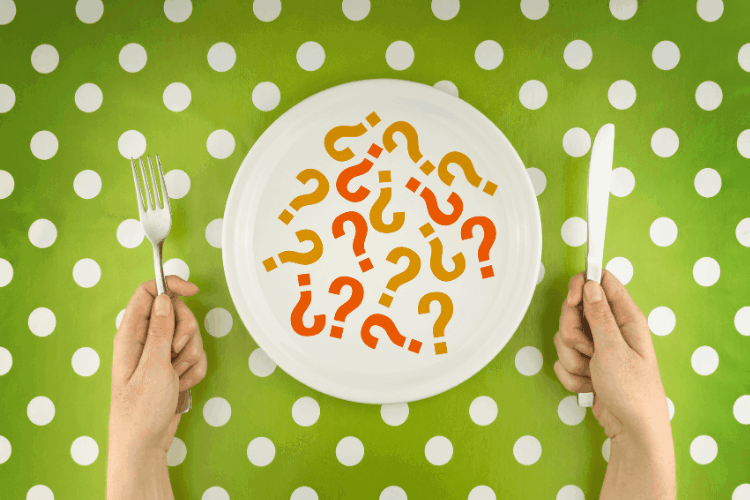
She wanted to know…
We want to know, “Is my diet healthy?” while we have no real way to measure it.
There’s no clear choice in what’s good for us to eat. Leading experts in one circle or another oppose each other as to just about everything we eat that is considered “bad.” ( I redid that entire sentence) A food is perched upon a pedestal one day only to be deemed trash the next. It’s hard to know what’s right.
As it turns out, the most important thing you need to know– is your diet healthy, for YOU.
A Healthy Diet is Not Black & White
While there are a lot of situations in life where bad and good are black & white, there are also many areas where embracing the gray will do us a big favor.
Diet and exercise are one of those areas.
If you’ve ever been on a diet, you’re probably pretty familiar with the all-or-nothing eating mentality that comes tagging along with it. You eat perfectly, chopping veggies like a ninja… or you veer slightly off course and now healthy eating is nowhere to be found.
When we see how making better food choices through the eyes of an inflexible diet works, we see we’re missing the magic that can happen with small, sustainable changes.
Because every food you eat must be seen in the context of your entire diet… each choice is a piece of the puzzle called your health.
A Bird’s Eye View of a Healthy Diet
Your food and exercise choices don’t live in a vacuum. Each and every decision you make will move you to the left or to the right on the continuum of health. A couple of steps in one way won’t undo 5o in the other direction.
Would you call a stressed out, anxiety-ridden mom (who only sleeps 5 hours a night but devours plates of vegetables because they’re low-calorie) “healthy”?
Or how about the executive who delegates well, spends quality time with her family, lifts weights 3 times a week, and eats mostly whole food except for pizza and wings on Friday nights? Are her efforts for better health wasted because of that dinner dripping with grease?
Clearly, there is more than meets the eye. We’re so entrenched in our own stories that we cannot see the forest for the trees. What we need is to take a moment and pan out. To get the big picture…
The Washington Center for Obesity Research has found that most Americans eat no more than 30 different foods routinely.
What foods do you eat most of the time?
Of those foods, how many nourish your body?
When you step back and look at the overall quality of your diet, what do you see?
Is there room for improvement? Of course, there is. But, what is the bulk of what you eat?
What IS “Healthy”??
It is pretty safe to say that the outcome of a habit or behavior is a fairly reliable indicator of how “good” something is.
Every tree that does not bear good fruit is cut down and thrown into the fire. Thus you will recognize them by their fruits.
Matthew 7:19-20 (esv)
Some choices are pretty obvious– If we smoke, our health will decline sending us a crystal clear message that smoking is a truly unhealthy habit.
Other examples may be less obvious– How about grains such as wheat, rice and anything gooey that’s baked in the oven?
The United States Food Pyramid states that whole grains are an essential part of a healthy diet. Meanwhile, the Internet is brimming with reports of how they’ll destroy your health…
What gives! And what on earth should you do?
We need to ask ourselves…
…what is the fruit (or lack thereof) of this food or behavior in my life?
…is my health better or worse because of it? Maybe it’s indifferent.
The outcome or the fruit is your personal determination if the item in question is good for your overall well-being.

Health + Frequency + Portion
It is important to note that even this assessment is not black and white. We must take into account the frequency and portion of the foods we eat to determine their impact on our health.
Maybe you’ve observed that you eat a lot of carby foods. Bagels and cereal for breakfast, sandwiches for lunch, and heaps of pasta or rice for dinner. You know you’re not feeling your best because of this carb-based lifestyle but does this mean no more carbs ever, for the rest of your life?
Absolutely not.
Rather than creating rules and restrictions that will make you crazy, consider how you can eat fewer carbs and then assess how you feel.
What Does My Health Say?
So, how is your diet treating you? When assessing how healthy your diet is, pay attention to your overall well-being.
The questions listed below will help you discover where there is room for improvement so that you can decide if you’re truly in need of change. And, the answers to these questions will provide you with meaningful reasons to act.
- How are my energy and endurance? Am I able to walk out the calling on my life?
- Do I wake rested and ready to start the day or are certain foods/drinks interfering with my sleep?
- Am I able to participate in all the activities I would like?
- How is my digestion? Am I eating foods that do not agree with my body?
- How is my mental clarity? Do I have a foggy brain after I eat certain foods?
- How am I able to manage stress? Do I feel irritable after I eat a certain food or go a while without eating?
As you read through those questions, did you spy areas that could be improved? Can they be improved by changing what you eat, or are there better courses of action such as taking a day off, turning the TV off, or learning how to say “no”?
Take note.
Try to avoid feeling overwhelmed with all of the changes you could make and take that bird’s eye view again and determine one or two small changes that you could make to get you closer to feeling your best.
Radical changes are typically followed by radical regression. Easy, sustainable changes continue and come along with an awesome bonus of “compound interest.”
“Is My Diet Healthy?” Answered.
As we’ve seen, it’s easy to jump to conclusions about the health of your diet based on what is right in front of your eyes. However, you’re able to get a better grasp of how well you’re nourishing your body by taking a step back and looking at the big picture.
Is my diet healthy?…
What does my food quality look like, most of the time?
How do I feel, most of the time?
No one else can answer this with the same insight and honesty as you. In fact, it’s very important that you are the one who makes the decision if and when you are ready for a change.
And, when you are, that’s when the magic happens.
If you’re ready to improve your health but you don’t want to get stuck in the self-sabotaging diet of black and white thinking, check out The Healthy Habit Goal Setting Planner which will help you dig deep into your true goals and values. Then, it will show you how to break down reaching those goals into doable steps that will get you where you want to go, for good.
Brandice Lardner is a Certified Personal Trainer, Nutrition Coach, Amazon #1 Best Selling Author, Homeschool Mom, and Jesus Girl whose mission in life is to help women ditch the diet mentality and find peace with food and their bodies so that they are better equipped to do the great things God has called them to do.
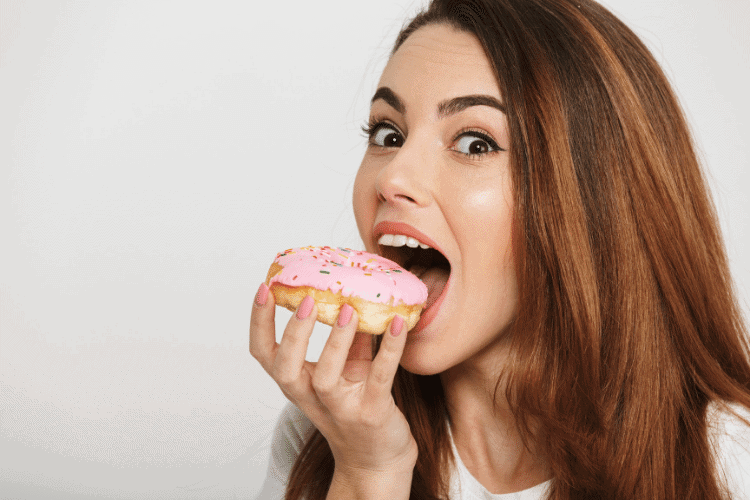
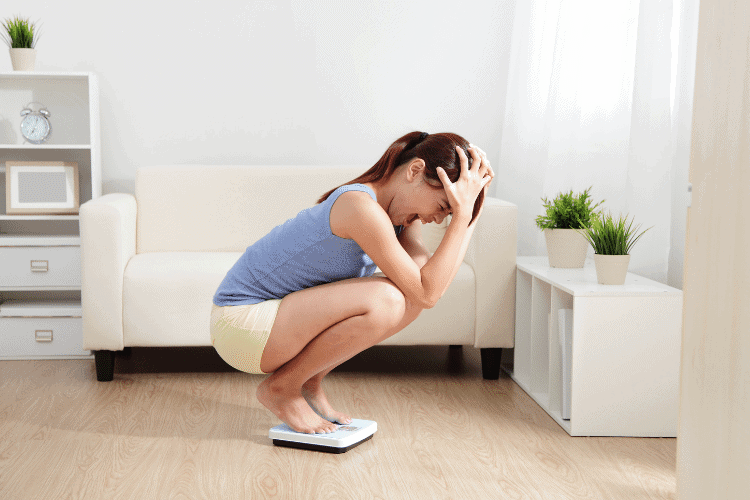

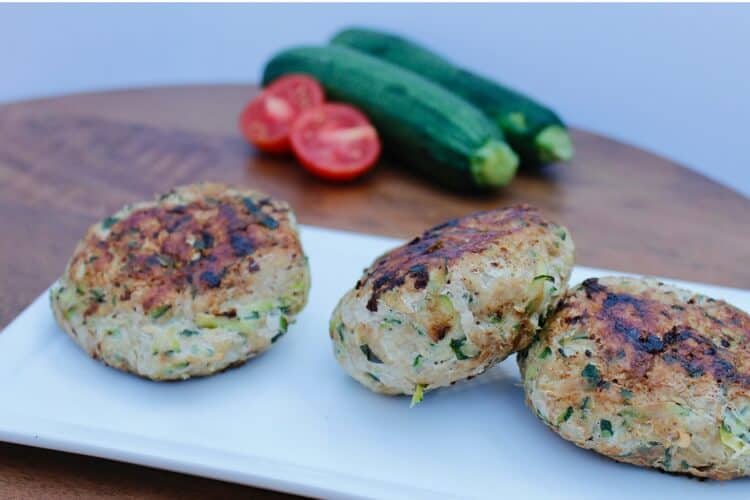
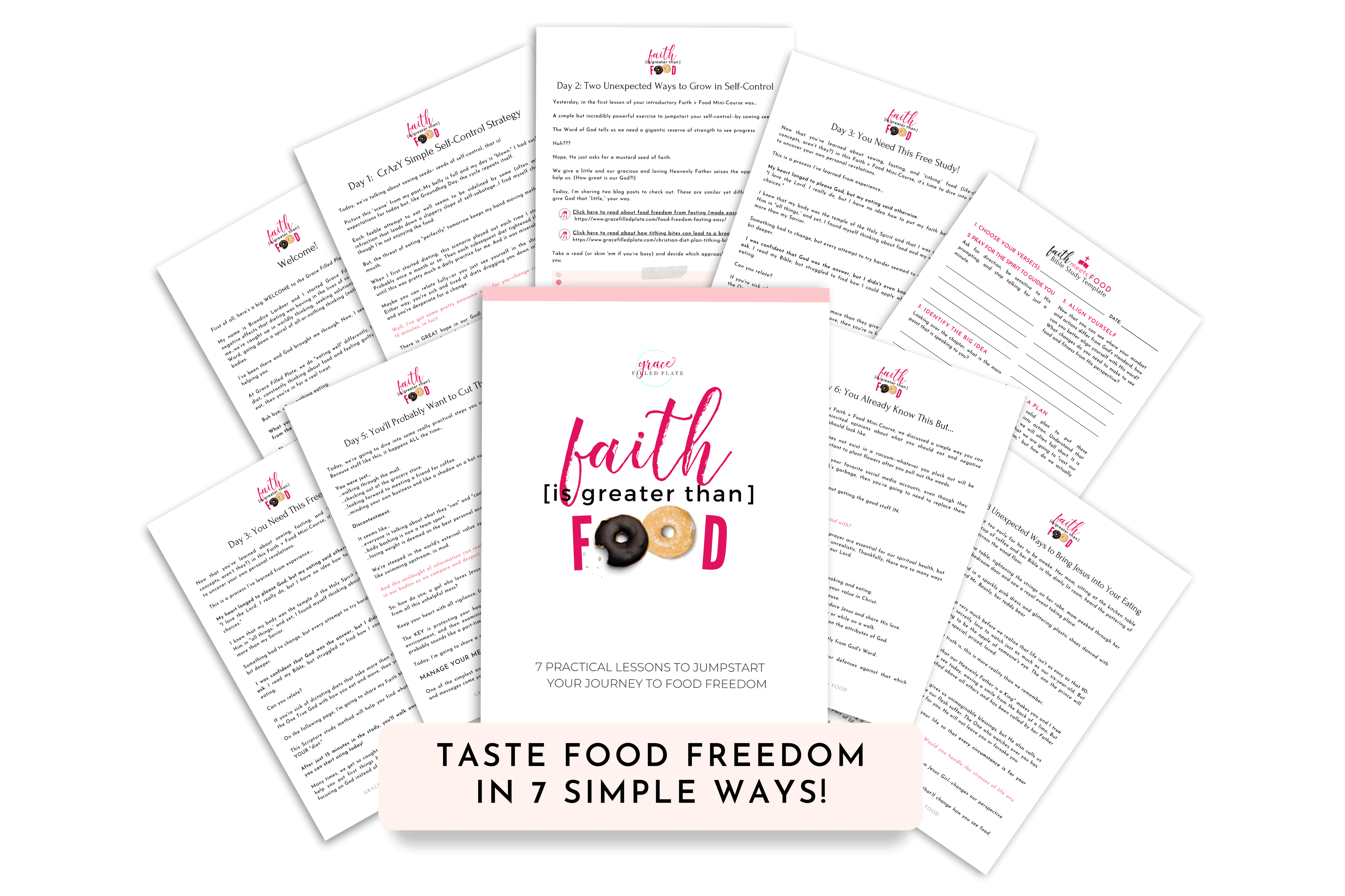
This is so helpful to me Brandice. and encouraging. I am in the process of making small manageable changes. this website is a blessing
I am so happy to hear that you find this perspective helpful! Please, keep me updated!